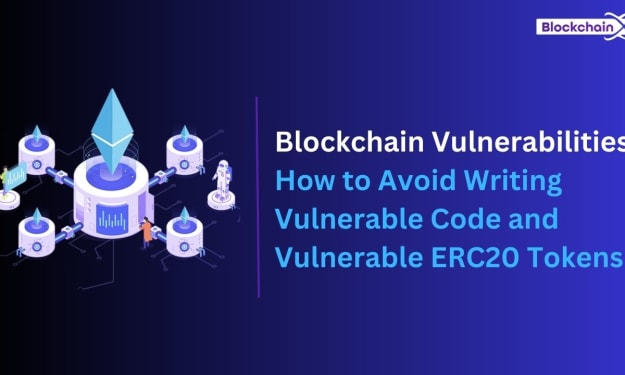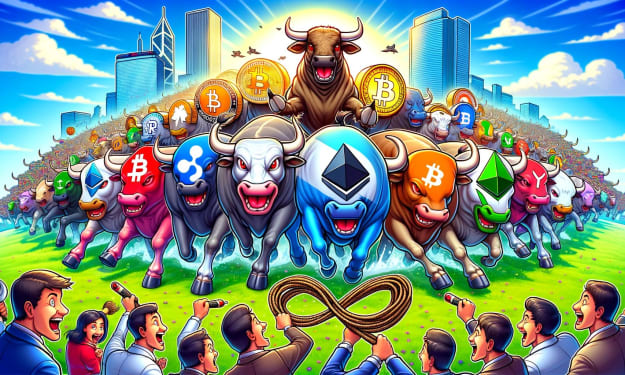
The world of cryptocurrencies has evolved rapidly and, with this evolution, new standards and technologies emerge to simplify and improve the user experience. One such standard is ERC-20, which has revolutionized the Ethereum ecosystem.
What is ERC-20?
ERC-20 (Ethereum Request for Comments 20) is a technical standard used to create tokens on the Ethereum platform. It provides a set of rules and guidelines that developers must follow to ensure compatibility and interoperability between tokens and applications on the platform.
In other words, ERC20 acts like a conductor coordinating an orchestra, ensuring that all instruments (tokens) follow the same score to create perfect harmony in the ecosystem concert.
But why is ERC-20 so relevant?
The answer lies in its standardization. Before to create ERC20 token , developers created their own tokens with custom rules and functions. This resulted in a variety of incompatible tokens and often caused integration issues with wallets and exchanges.
ERC-20 solved these problems, allowing efficient communication between different tokens and applications, increasing adoption and project development, after all, everyone started to speak the same language.
History and evolution of the ERC-20 standard
The story of ERC-20 begins in 2015, when Fabian Vogelsteller, an Ethereum developer , proposed the standard as a way to simplify and standardize the creation of tokens on the platform.
The proposal was accepted and since then, ERC20 has become the de facto standard for creating tokens on Ethereum.
Over the years, the ERC-20 standard has been improved and updated to include new features and resolve issues.
An example of this is the “lost token” problem, where ERC-20 tokens could be lost forever if they were sent to a non-compliant smart contract. This issue was resolved with the introduction of ERC-223, an extension to the ERC-20 standard that adds security measures to prevent token loss.
Imagine sending ERC-20 tokens to a problematic platform, and running the risk of losing your assets forever? This highlights the importance of the standard and its updates.
Speaking of importance, let’s now explore the basics of the ERC-20 standard and how it works.
How is an ERC-20 token created?
An ERC-20 token is created by implementing an ERC-20 standard-compliant smart contract on the Ethereum platform. This smart contract contains the functions and characteristics necessary for the token to function properly in the ecosystem.
Developers who want to create an ERC20 token need to program a smart contract that meets the standard’s requirements, such as implementing the standard’s basic functions, recording the token’s name, symbol, and number of decimal places.
After the contract is created, the token is added to the Ethereum blockchain and can be transferred and traded like any other standard-compliant token.
It is important to note that although creating an ERC20 token development can be relatively simple, ensuring the security and functionality of the token requires advanced knowledge in programming and cybersecurity.
Therefore, it is critical that developers perform extensive testing and code reviews before making the token available to the public.
Benefits of the ERC-20 standard
The ERC-20 standard has brought several benefits to the cryptocurrency industry as a whole, simplifying the creation and management of tokens and boosting the adoption and development of based projects.
In this section, we’ll look at some of the key benefits of the pattern.
Cross-platform interoperability
Thanks to the ERC-20 standard, tokens created on the Ethereum platform can easily interact with other tokens and applications on the network. This enables integration between projects and the creation of more complex and innovative solutions, increasing the usefulness and value of the ecosystem as a whole.
Compatibility with wallets and brokers
The standardization provided by ERC20 allows wallets and exchanges to support a wide range of tokens with ease. Before ERC20, it was necessary for each wallet and exchange to develop custom solutions for each token.
With the ERC20 standard, wallets and exchanges can support a large number of tokens, simplifying the process for users and encouraging the adoption of new projects.
Standardization of tokens and contracts
The standardization of tokens and contracts brought by ERC20 simplifies the process of creating tokens and smart contracts on the Ethereum platform.
By following the rules and guidelines established by the standard, developers ensure that their tokens are compatible with the Ethereum ecosystem, reducing the complexity and time required to develop and deploy projects.
Accessibility for users and developers
The ERC-20 standard makes it easier for new users and developers to enter the Ethereum ecosystem by making the creation, management, and use of tokens simpler and more accessible.
By reducing technical barriers and facilitating integration between projects, ERC-20 contributes to the growth and expansion of the Ethereum ecosystem, attracting more developers and users to the platform.
What is ERC-20 used for?
The ERC20 standard has been widely adopted in the cryptocurrency industry and plays a key role in the creation and management of tokens in the Ethereum ecosystem.
In this section, we will explore common use cases for ERC20 tokens and introduce some of the top ERC20 token development service available on the market today.
Common Use Cases for ERC-20 Tokens
ERC-20 tokens are versatile and can be used in a variety of use cases, including:
Crowdfunding: ERC-20 tokens are often used in crowdfunding projects (ICO, IEO) to raise funds for the development of new products, services or technologies.
Reward systems and loyalty programs: Companies can create ERC-20 tokens to reward customers and encourage them to use their products and services.
Decentralized governance: ERC-20 tokens can be used as governance currencies, allowing token holders to participate in decision-making and management of decentralized projects (DAOs ) .
Digital assets and tokenization: Through tokenization, physical or digital assets can be represented as ERC-20 tokens, facilitating the trading, transfer and management of these assets.
About the Creator
Ragunath
Safe and Secure Blockchain Technology Service Provider






Comments
There are no comments for this story
Be the first to respond and start the conversation.